Abilities Design: Teaching How to Design For Accessibility
I asked myself whether graphic design curriculums across the United States are teaching methods, strategies, and philosophies regarding accessibility. If students do not have accessibility skills, they may not be aware that their design decisions may cause barriers and exclusion for a significant and growing population.
The Backstory
Abilities Design is an educational framework I have developed through my teaching of accessibility. Students use the framework to develop accessible graphic-design solutions by combining various parts of:
- Universal design
- Universal design for learning
- Inclusive design
The primary goal is to provide the global community of graphic design educators with free resources that enable them to teach Abilities Design to their students. With that in mind, I am designing comprehensive pedagogy materials, such as handouts, lectures, demonstrations, and class activities. The materials also explore other accessibility principles, methods, strategies, and philosophies that can be applied to make accessible design solutions across all mediums. Students who learn from the Abilities Design pedagogy materials will develop skills to pinpoint accessibility barriers and the means to execute their ideas and meet accessibility and inclusion objectives.
Overcoming a History of Non-Accessible Design Principles
Historically, traditional graphic design has relied solely on visual design principles and mediums, mainly accessible to people with healthy vision. However, many people with various disabilities have been excluded, particularly people with low vision and blindness. People with vestibular disorders (cybersickness) and learning disabilities also have accessibility issues with those mediums.
Many companies and organizations are investing in making their products and services accessible because they know inaccessibility is a legal liability. Most importantly, they know inaccessible products and services do not convert people into customers.
Further, across industries, many open job positions now require accessibility expertise. The graphic design industry cannot be left behind by not expecting designers to have accessibility skills. From now on, graphic designers will need to make accessible content and branding experiences in various transmedia platforms that consist of print, digital, and other emerging mediums.
Abilities Design can be an answer to this industry challenge. People can encounter information and branding experiences through this approach in various sensory communication media and technologies.
Teach Access Faculty Grant
In 2021, I was one of fourteen nationwide faculty members receiving a $5,000 grant from the Teach Access nonprofit organization. I used my grant funding to establish a library of assistive technology which I use when teaching interactive design. I will also use the library to develop Abilities Design pedagogy materials, such as tutorial videos. These resources will demonstrate how to use a variety of assistive technologies and describe why they are important to producing accessible websites. These materials can be used by graphic design educators when teaching interactive design.
Teaching web assistive technology is an important step toward making accessibility a priority for design education. However, more must be done to teach how to make other graphic design media accessible, such as how to incorporate Braille into the design of print materials.
The Approach and Challenge
I developed Abilities Design because there is not a set accessibility philosophies for the graphic design industry. In my secondary research, it was challenging to find materials and resources that directly spoke to achieving accessibility in graphic design. As I examined many kinds of information about accessibility, I connected the relationship between how accessibility is achieved in one discipline and how it may apply to graphic design. Abilities Design was born when I examined how Universal Design, Universal Design for Learning, and Inclusive Design may be applied to graphic design. Each of the three disciplines has its origins from different areas of study:
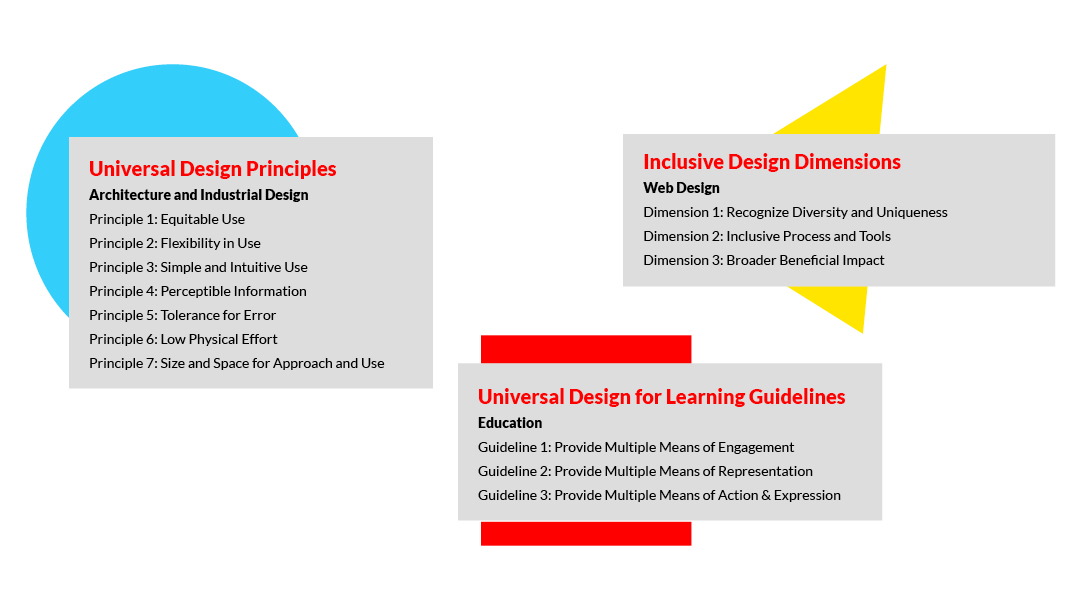
Introducing Abilities Design to the World
I gave a peer-reviewed presentation introducing the Abilities Design framework at the 2022 axe-con, one of the premier international conferences about web accessibility. The presentation was watched online live by more than 1,000 participants and has been uploaded to YouTube by the conference organizers. The presentation outlines the various aspects of Abilities Design and how to best use it as a design tool to brainstorm ideas that could solve complex inaccessibility problems.
Abilities Design Works as a Puzzle
My axe-con presentation showed how Abilities Design is like a puzzle. This design framework has no right or wrong way to combine the three disciplines together to generate solutions.
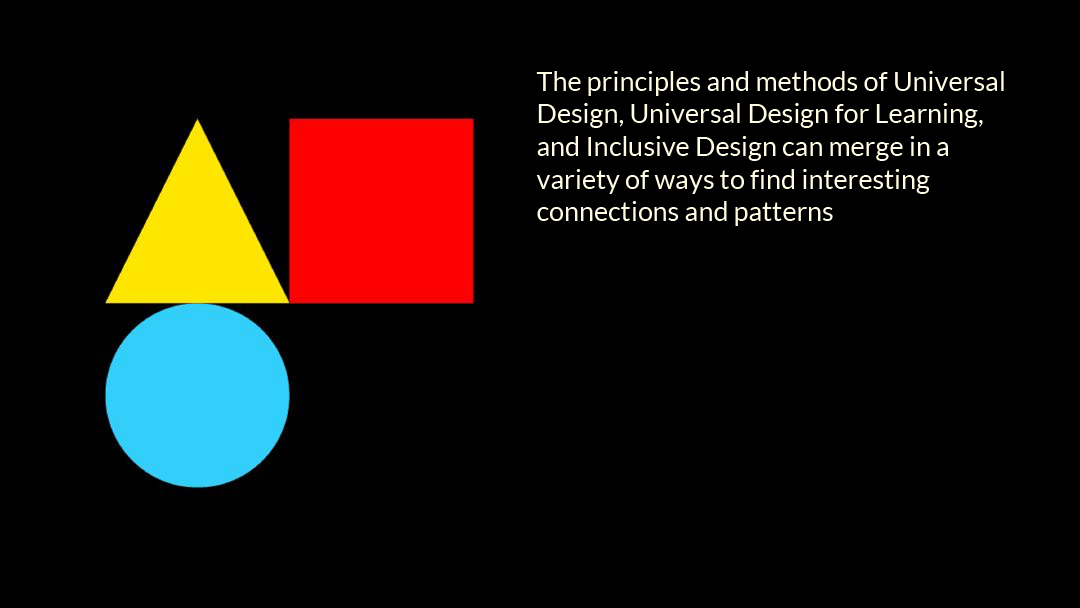

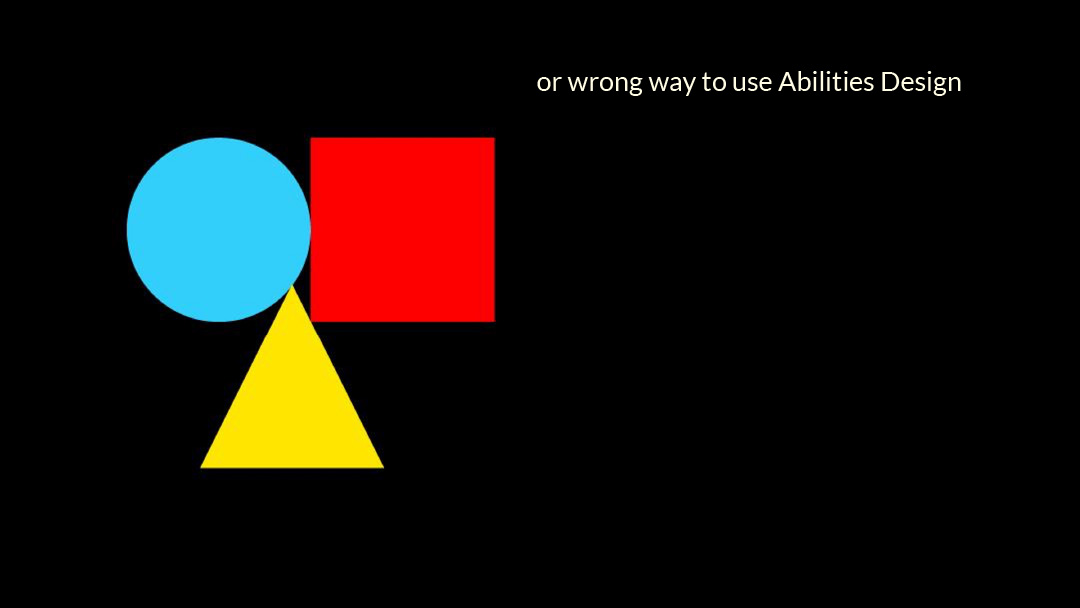


The Diversity of People — the Diversity of Disabilities
Discovering the different “disability” definitions is one of the first things students learn when taking on an Abilities Design project. These varying definitions impact how highly executed accessibility solutions help people. Defining disability also provides context to students to explain why gaining accessibility skills is essential to their development as designers.
The question of who has a disability can never be answered as quickly as one may think. The International Classification of Functioning, Disability, and Health (ICF) — approved by the World Health Assembly — rejects classifying people with specific conditions or giving a yes/no answer to whether a person is disabled. It states that multiple dimensions of disability exist and provides a common language for describing a person’s level of function within their unique environment.
Kat Holmes, author of Mismatch: How Inclusion Shapes Design, provides another perspective on disability. People’s physical, mental, and intellectual abilities are not finite; they change over time and in various situations. Anyone can become disabled at any point due to age, injury, or illness, regardless of race, ethnicity, gender, sexuality, or social status. A disability can happen before or at birth, at a young age, or later in life.
The Persona Spectrum Model of Disability also influenced Abilities Design. The model teaches students how far-reaching accessibility can be, because it shows how and why having a disability can be so fluent and affects everyone at different times. The model states that there are three kinds of disabilities:
Permanent Disability
Example: Blindness
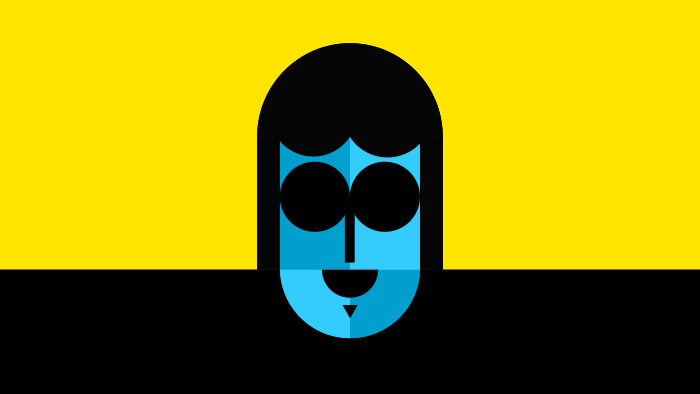
Temporary Disabilities
Example: Swollen eye

Situational Disabilities
Example: Interrupted View
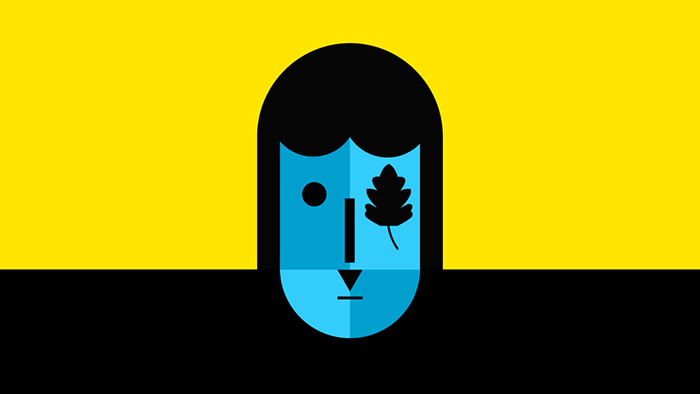
An Introduction to Disability Studies
When educators assign Abilities Design projects, they are encouraged to have their students use the chart below to research a spectrum of different disability topics and issues. The research aims to:
- Introduce the rich history and culture of the disability community
- Celebrate the intersectionality of people
- Show that people with disabilities do not need “saving”
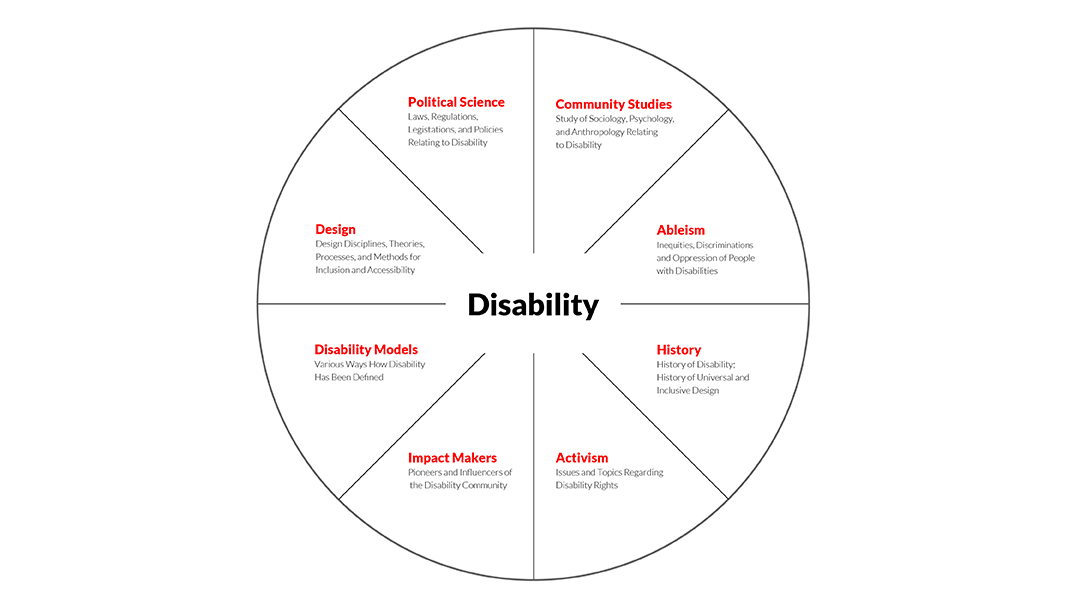
Defining Learning Aims and Assessments
Design educators can use the pedagogy materials for an entire semester, one project, or as many class periods as needed. In addition to the content for students, I am creating manuals for design educators to prepare their courses, projects, and class periods by defining learning aims and assessments.

